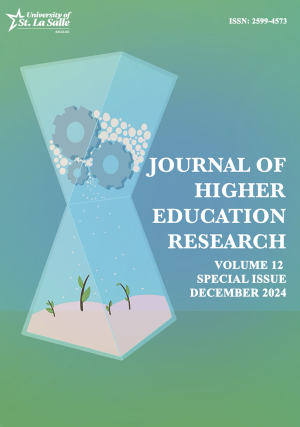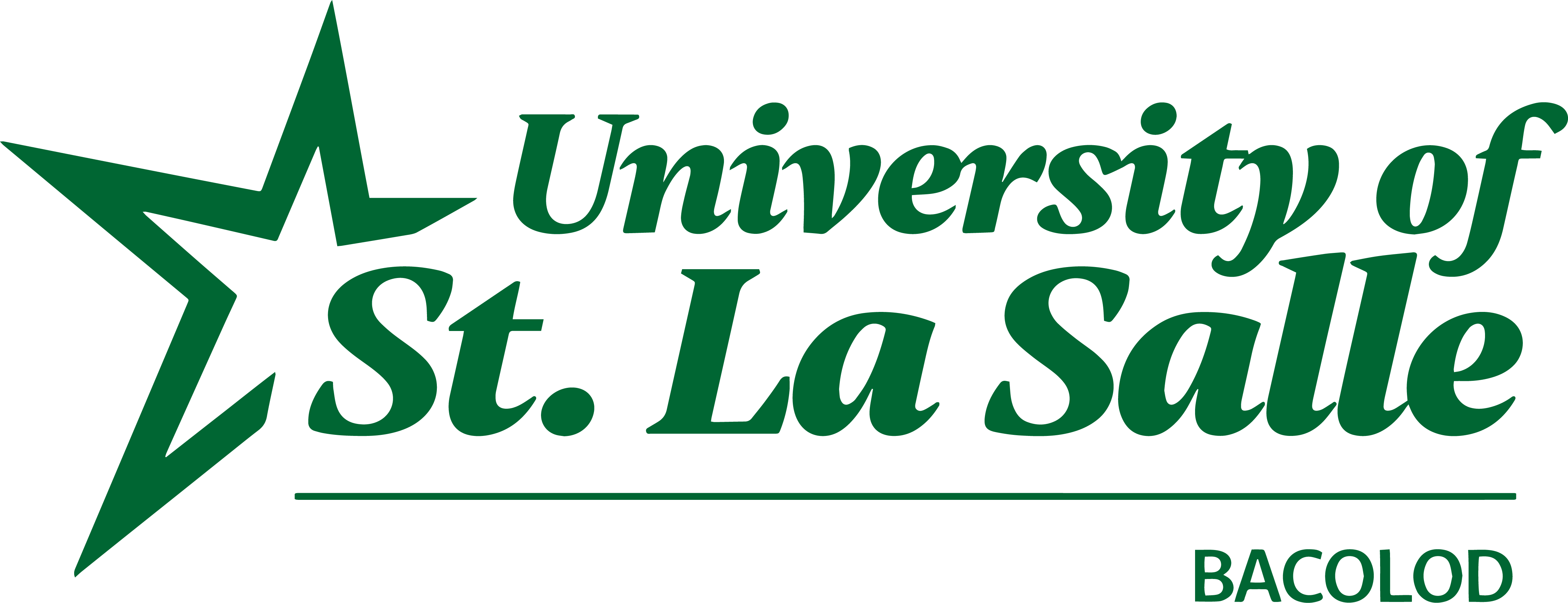School quality, leadership practices, organizational culture, and self-efficacy: A SEM analysis
https://doi.org/10.70228/PFREE2024010JHER
Cite this article Read this article
ABSTRACT
The causal quantitative study aimed to develop a structural model of school quality using Structural Equation Modeling, exploring relationships among leadership practices, organizational culture, self-efficacy, and school quality. The study involved 552 public elementary and secondary school principals who completed the Leadership Practices Inventory, School Culture Triage Survey, Principals’ Self-Efficacy Scale, and Seal of Excellence. Findings showed that school principals demonstrated a moderate level of leadership practices. Regarding organizational culture, most participants indicated a need for "modifications and improvements," while a smaller group stressed the critical need for immediate attention. Principals exhibited low self-efficacy, and public schools in the division were rated "Satisfactory." Leadership practices had a significant positive direct effect on organizational culture and self-efficacy but a nonsignificant negative direct effect on school quality. Organizational culture and self-efficacy did not significantly affect school quality, and leadership practices had no significant indirect effect on school quality. Neither organizational culture nor self-efficacy mediated the relationship between leadership practices and school quality. The revised model included error term correlations between two variables under the leadership practices construct. Leadership practices still showed a positive direct effect on organizational culture and self-efficacy, but the negative direct effect on school quality remained insignificant. Organizational culture and self-efficacy continued to have no significant direct impact on school quality, and leadership practices maintained an insignificant indirect effect. Once again, neither organizational culture nor self-efficacy served as mediators. These findings highlight the complexity and need for a deeper understanding of school quality.
Keywords: school heads, school quality, leadership practices, organizational culture, self-efficacy

Volume 12 Special Issue, 2024 EDITION
Published 2024
Editor's Note
Across every level of education, leadership and governance shape the direction, culture, and success of learning communities. In times of change and uncertainty, the strength of our schools depends on leaders who can balance vision with action, empathy with accountability, and innovation with tradition. This Special Issue of the Journal of Higher Education Research turns the spotlight on those leaders—documenting their strategies, challenges, and achievements, and offering practical models for others to follow. Carcueva and Ureta provide a closer look at the Philippine Professional Standards for School Heads (PPSSH), examining how career stages align with leadership practices and performance. Meanwhile, Toreta and Ureta showcase the best practices and qualities of the most outstanding school heads, whose leadership fosters excellence, transparency, and sustainable partnerships. Tingson and Leonor examine the relationship between emotional leadership and teachers’ work engagement, providing insights into how supportive leadership styles impact morale and commitment. Miraflores and Leonor evaluate the Project FREE Paglaum Scholarship Program, revealing its substantial impact on teachers’ professional advancement and career progression. Gomez and Ramos chronicle the “metamorphic transition” of Teachers-in-Charge from classroom educators to effective school leaders. At the same time, Salmorin and Ureta examine leadership practices and resilience as predictors of school manager performance in the dynamic and uncertain VUCA environment. Jalwin and Yap present a structural equation model that links leadership practices, organizational culture, self-efficacy, and school quality, shedding light on the complex interplay among these variables. Amisola and Leonor assess School-Based Management (SBM) practices, advocating for a continuous quality improvement program to strengthen educational autonomy and performance. Celeste and Amparo highlight the influence of spiritual leadership on teachers’ organizational commitment, suggesting that values-driven leadership serves as a catalyst for workplace satisfaction and retention. Collectively, these works reveal that effective educational leadership is not confined to administrative skill—it is rooted in vision, empathy, resilience, and a steadfast dedication to fostering environments where both educators and learners thrive. We extend our deepest gratitude to the authors for their invaluable contributions, to our peer reviewers for their discerning feedback, and to the Publication and Engagement Office led by Dr. Lota Largavista for their unwavering support in realizing this special edition. May the insights in this special issue serve as both a guide and an inspiration—equipping educational leaders and policymakers with the wisdom, courage, and innovative spirit needed to shape schools that not only respond to the challenges of today but also create the possibilities of tomorrow. Sincerely, JOVAL N. MARTINEZ Editor-in-Chief


